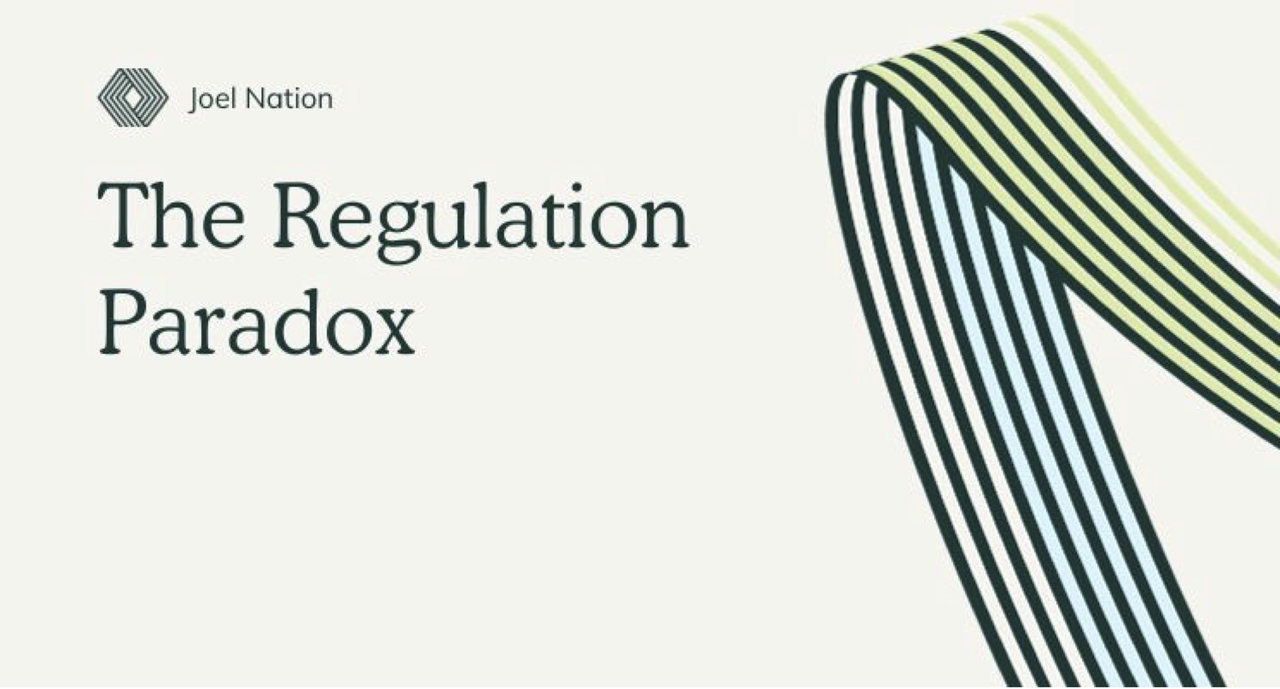Navigating the Regulations Paradox: A Tech-Driven Approach to Housing Solutions
Read Time 2 mins | Written by: Joel Nation

Recently, I had the privilege of attending the Griffin Lecture at the National Press Club, where Malcolm and Lucy Turnbull shed light on the pressing challenges facing urbanism in Australia. At the forefront of their discussion was the housing shortage, a critical issue not only for Australia but for many nations worldwide.
Lucy Turnbull underscored the need for a shift in how we regulate property development. She advocated for a middle ground, citing European cities like London, Paris, and Berlin as examples of successfully implementing medium-density apartments—four to eight-story buildings that strike a balance between density, aesthetics, and functionality.
Malcolm Turnbull proposed a solution: make medium density the default and incentivize developers by reducing regulatory burdens. While the idea of cutting through red tape often resonates positively, it poses a conundrum—the regulations paradox.
On one hand, reducing regulations seems appealing to expedite the housing development process. Yet, paradoxically, we find ourselves wanting more regulations, especially in light of recent issues like the cladding crisis and the structural deficiencies in Sydney's Opal Tower.
The 'cladding' issues in high-rise towers and the notorious construction flaws in the Opal Tower have exposed the pitfalls of a lax regulatory environment. These incidents underscore the need for stringent regulations to ensure the safety and quality of our built environment.
It's a stark reminder that the consequences of inadequate oversight can be severe, impacting both the structural integrity of buildings and the safety of their inhabitants.
The question arises: do we need more or fewer regulations? The regulations paradox suggests that the answer lies in making regulations more efficient and user-friendly rather than simply reducing or increasing their volume.
Regulations exist to protect society, ensuring fairness, safety, and various other considerations. Instead of discarding them, we should focus on making them more accessible and manageable. This is where technology comes into play.
The key to solving the regulations paradox is not in eliminating regulations but in making them easier to work with. This entails investing in technology solutions that bring regulations to the forefront of decision-making processes for property developers and consumers.
At Decisively, we recognize this need and are collaborating with a leader in the property technology space to create a platform that combines a user-friendly interface with a robust natural-language processing engine. This allows for the seamless translation of regulations and policies into executable logic without the need for complex coding or abstract AI models.
Our Decisively platform enables property developers to determine what they can build where, automatically submitting plans that are rigorously reviewed against regulations. This self-service model minimizes the need for human intervention, expediting the decision-making process.
Importantly, the platform ensures auditability, offering transparency into the decision-making process. Every decision is traceable back to the source regulations, providing a clear and understandable trail. This not only facilitates accountability but also serves as a valuable resource in the event of complaints or disputes.
In essence, our technology-driven approach aims to bridge the gap between the necessity of regulations for safety and fairness and the desire to streamline the housing development process. By making regulations more accessible and understandable, we can foster a balance that benefits both developers and the community at large. Together, let's navigate the regulations paradox and pave the way for a more efficient and sustainable housing future.
